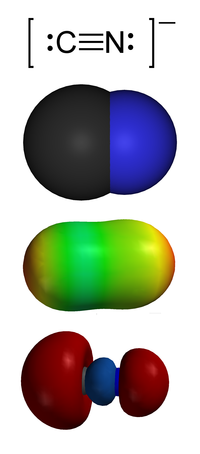• cyanide in cigarettes
• cyanide and happiness
• cyanide process
• cyanide in cigarette
• cyanide images
• cyanide bottle
• cyanide devices
• cyanide fishing
• cyanide poisoning
• cyanide radical
Not Finding Your Answer?
Post It On KidzTalk Homework Help
Post It On KidzTalk Homework Help
Report a search problem
mobile version
Copyright 2005-2024 KidzSearch.com





